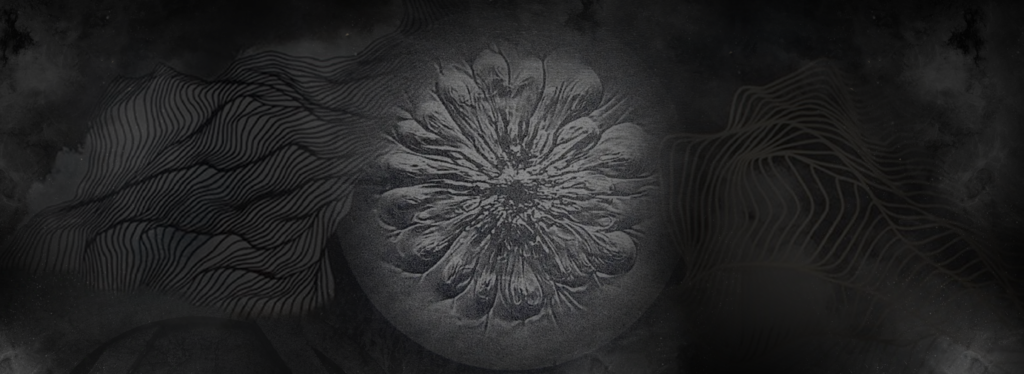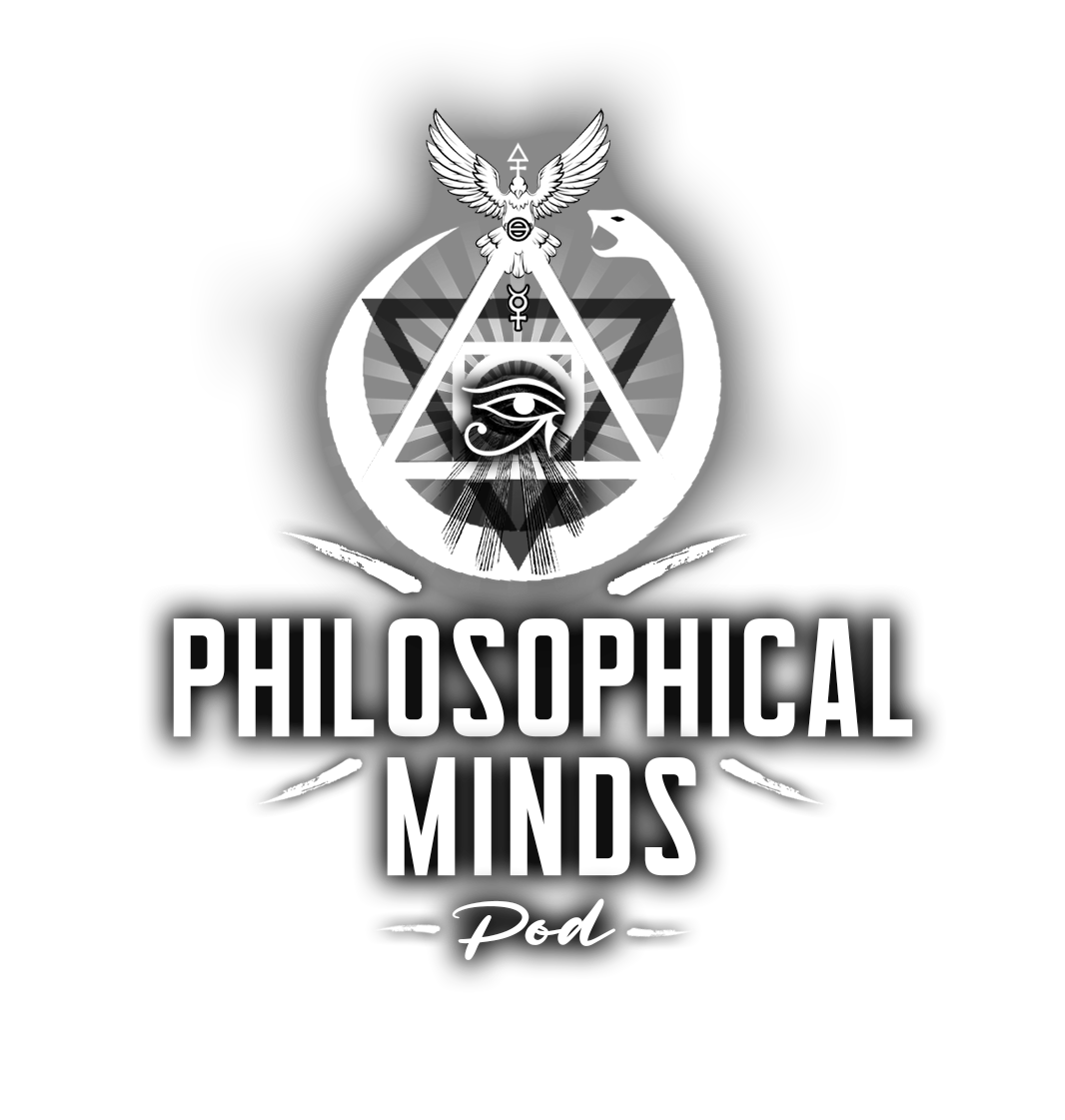Etheric Formative Forces: Exploring the Work of Guenther Wachsmuth

Guenther Wachsmuth, a prominent figure in the Anthroposophical movement, is best known for his extensive research into the concept of etheric formative forces. His work sought to illuminate the subtle energies that shape the physical world, expanding our understanding of life and its connection to the cosmos. Grounded in the teachings of Rudolf Steiner, Wachsmuth’s explorations offer a profound perspective on the invisible forces that animate and organize living organisms
Understanding Etheric Formative Forces
Etheric formative forces, according to Anthroposophy, are the vital energies that give shape and life to the physical world. They are distinct from the material forces recognized by conventional science, operating on a subtler plane to infuse matter with vitality and structure. These forces are responsible for the growth, development, and maintenance of living organisms, acting as the bridge between the spiritual and physical realms.
In Wachsmuth’s view, the etheric body, or life body, is the vehicle through which these forces operate. Every living being, from the simplest plant to the most complex human, possesses an etheric body that interpenetrates the physical form. This etheric body is not merely a reflection of the physical but is the blueprint that guides the formation and sustenance of the organism. It is through the etheric body that the etheric formative forces work to manifest life in the material world.
Wachsmuth’s Contributions to the Concept
Wachsmuth’s work significantly expanded upon Rudolf Steiner’s original ideas about etheric forces, bringing a scientific rigor and systematic approach to the study of these energies. In his seminal book, *The Etheric Formative Forces in Cosmos, Earth, and Man*, Wachsmuth detailed the various aspects of etheric forces, exploring their role in both the microcosm (individual organisms) and the macrocosm (the universe).
One of Wachsmuth’s key contributions was his exploration of the different types of etheric forces. He identified four primary ethers—warmth ether, light ether, chemical ether, and life ether—each of which plays a unique role in the organization and animation of life. These ethers are not just abstract concepts but are perceived as real forces that interact with the physical world in specific and observable ways.
Warmth Ether: This is the most direct manifestation of etheric forces, closely related to physical heat. It is the carrier of warmth, the first level of life, and is essential for the existence of all living beings. Wachsmuth saw warmth ether as the force that imbues physical matter with the ability to live and grow.
Light Ether: Beyond physical light, light ether is the force that enables the perception of form and color. It is responsible for the shaping and differentiation of life forms, giving them their distinct boundaries and appearances.
Chemical Ether (Tone Ether): This ether governs the processes of chemistry and the interrelationships between elements within an organism. Wachsmuth described it as the force that harmonizes and balances the different parts of an organism, ensuring its proper function and cohesion.
Life Ether: The highest of the ethers, life ether is the force of regeneration and reproduction. It is responsible for the continuity of life, enabling organisms to grow, heal, and reproduce.
Wachsmuth’s detailed examination of these ethers provided a framework for understanding how life processes are governed by forces that transcend the purely physical. He argued that by studying these forces, we could gain deeper insights into the mysteries of life, health, and the evolution of the cosmos.
The Macrocosmic Perspective: Etheric Forces in the Cosmos
Wachsmuth’s interest in etheric formative forces was not confined to the study of individual organisms; he also explored their role on a cosmic scale. He believed that the etheric forces operating within the human body are reflections of larger cosmic processes. Just as the etheric body shapes and sustains the physical form of living beings, so too do etheric forces shape the movements of planets, stars, and galaxies.
In this view, the cosmos is alive, infused with etheric energies that guide its development and evolution. Wachsmuth saw the Earth itself as a living being, with its own etheric body that interacts with the etheric forces of the surrounding cosmos. This perspective invites a holistic understanding of the universe, where life on Earth is intimately connected to the life of the cosmos, and the microcosm reflects the macrocosm.
Applications and Implications
Wachsmuth’s work on etheric formative forces has profound implications for various fields, from biology and medicine to agriculture and cosmology. In biodynamic agriculture, for example, the understanding of etheric forces has led to practices that seek to harmonize farming with these subtle energies, resulting in healthier crops and more sustainable ecosystems.
In medicine, the concept of etheric forces offers a different approach to health and healing, one that recognizes the importance of the life body in maintaining vitality and balance. Therapies based on this understanding aim to support the etheric body, thereby promoting natural healing and preventing illness.
Moreover, Wachsmuth’s work challenges the reductionist view of life as merely a series of chemical reactions. Instead, it suggests that life is a dynamic interplay of physical, etheric, and spiritual forces, each of which must be considered to fully understand the nature of existence.
Critique and Legacy
As with many aspects of Anthroposophy, Wachsmuth’s ideas about etheric formative forces have been met with skepticism by the mainstream scientific community, which often dismisses them as unscientific or speculative. However, his work continues to inspire those who seek a more integrative and holistic understanding of life.
Wachsmuth’s legacy lies in his ability to articulate a vision of life that transcends materialism, offering a framework that connects the physical and spiritual dimensions of existence. His explorations into etheric forces have opened up new avenues for research and practice, encouraging a deeper inquiry into the nature of life and its connection to the cosmos.
In conclusion, Guenther Wachsmuth’s study of etheric formative forces provides a profound and insightful perspective on the invisible energies that shape our world. His work reminds us that life is not merely a mechanical process but a living, dynamic interplay of forces that connect the Earth to the cosmos and the physical to the spiritual. Through his research, Wachsmuth has left a lasting impact on the fields of science, spirituality, and beyond, offering a vision of the universe that is both holistic and deeply meaningful.
